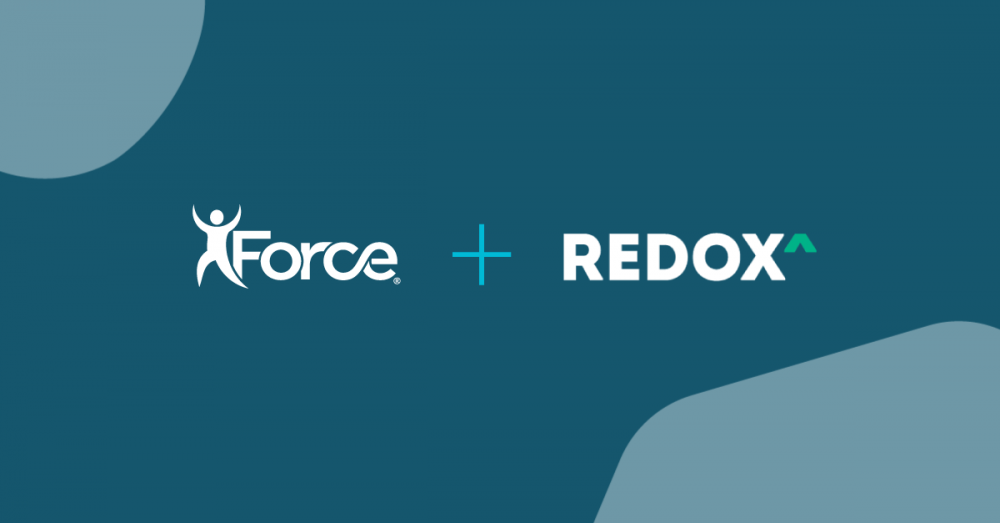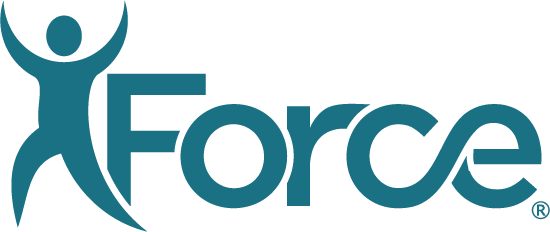Throughout the healthcare system, patients are becoming increasingly more interactive with their care team and expect personalized interaction, in a convenient format. In this digital age, healthcare has turned to digital solutions to provide a higher level of care. For providers, receiving full reimbursement for orthopedic procedures requires complete orthopedic data collection, reporting, and submission, which is costly and time-consuming when done manually and only during inpatient visits. In addition, ASCs frequently struggle to meet these requirements while functioning with extremely lean teams. As PROMs have quickly become a mandatory part of the value-based care equation, it is essential for providers to collect high-quality patient reported outcomes efficiently and effectively.
Here’s a overview of what this blog with cover:
- Guide to collecting high-quality PROMs
- PROs Collection Case Study
- Research on correlation between improved PROs collection while utilizing an ePRO tool
- Interoperability Exhibit
- Frequently Asked Questions
Here is a strategic guide to collecting high-quality PROMs:
1. Collect data points that matter to the payer.
In 2017, the CMMI passed the bundled payment programs and began to compare quality of hospital care using traditional measures of readmission, complication rates, as well as PROMs collected pre- and post-op. Certain private payers now require PROMs as a prerequisite to even participate in said value-based payment programs. It’s important to note that these data points are most meaningful when integrated with clinical data sets.
Here are data points that we recommend collecting throughout an episode:
- Demographics
- Quality of life
- Physical function
- Patient engagement & satisfaction
- Discrete clinical data points (i.e. pain, ROM, steps, temperature, etc.
Exhibit 1
In this case study, we address the challenge that Connecticut Joint Replacement Institute (CJRI) faced regarding inefficient means of collecting meaningful data for evidence-based post-acute care. For many years, the existing technology presented technical challenges, resulting in limited transparency into the full episode of care.
In order to send more patients home as safely and quickly as possible, CJRI needed a more efficient way to gather feedback and meaningful insights. In addition, they needed to share this data across care teams in real-time and to optimize patient experience while understanding the appropriate level of services required for successful progression in the home.
Read the full case study here: Bridging the Gap Between Digital Health and Meaningful Clinical Excellence

2. Collect data points routinely throughout the episode of care.
During the DOCSF 2021 event, one of the most pressing topics covered was that without a tool to collect mass amounts of data within a health system, the task to collect such an enormous conglomeration of information throughout the lifespan of each episode in an organized-fashion is nearly impossible, especially as the demand for proving value increases.
Digital tools that have the ability to pave a calculated, yet personalized pathway for collecting discrete data points is the future of PROMs. Platforms like Force also simplify decisions to make intentional, data-backed improvements, with respect to the standard of care your organization will be able to deliver. Becker’s ASC Review released in interview with Dr. Bus Tarbox from Columbia (Mo.) Orthopedic Group and how they leveraged digital engagement to improve patient outcomes. Dr. Bus Tarbox explains how patients receive emails and fill out surveys over the course of the next one or two years at regular intervals that his team set up based on their procedure.
Exhibit 2

We know that utilizing patient engagement tools significantly improves patient report outcomes collection rates, but we put this to the test with research. This study from 2018 with NYU shows that the integration of electronic rehabilitative applications within an orthopedic practice significantly improves survey completion rates, better aligning healthcare organizations with all meaningful use requirements.
Here’s a quick overview of the study:
- 257 patient charts were reviewed and included in this study
- 179 patients completed PRO surveys by standard emails or clinic visits
- 78 patients were enrolled through the online patient portal combined with EPRA
- Of the 179 patients completing PRO surveys through the standard pathway, only 17 (9.5%) completed both baseline and 12-week PRO surveys
- The group of patients enrolled in the ePRO tool demonstrated a significantly higher completion rate of 53.85%
- Both standard collection and online patient portal methods showed significant improvements in HOOS-JR and HOOS scores compared to preoperative scores.
Read the full study here: Improved Patient Reported Outcome Collection Through Integrated Online Patient Portals
3. Automate the collection, storing, and distribution process.
Patients prefer the convenience of a digital platform, and providers need a solution that saves time. Force is a PROMs focused-platform that embeds collection into the patient experience within the platform and will customize based on any forms you might wish to collect (ie: HOOS Jr, KOOS Jr, PROMIS, VR-12, etc.).
By scaling the patient experience with automated touch points and clinically-validated care pathways, Force immediately lightens the work load of FTEs and allocates time to the patients in recovery. To entirely automate the process, our platform then automatically submits that data directly to third parties like AAOS via secure file transfer protocol (SFTP) on behalf of your organization on a frequent and recurring basis.
By providing questionnaires at opportune times and in an easily accessible fashion, we have been able to drastically improve data collection rates. Simply put, successfully collecting and storing PROMs data leads to evidence-based improvement.
Exhibit 3

Force has long recognized the importance of interoperability and data integrations in order to share patient data, like PROMs, between EMRs and the Force platform. Since 2016, we’ve partnered with Redox to make possible this critical data-sharing to and from Force and our clients’ EMRs.
This blog highlights interoperability as the key to program success, and what Force’s key differentiators are among patient reported outcome vendor competitors.
Frequently Asked Questions
How can I use a digital health tool to improve patient outcomes and data collection?
PubMed states that web-based platforms allow health systems to collect large quantities of real-time, accurate patient data. Integrating patient reported outcomes adds important patient centric data to EMRs that can be used to synthesize information, allowing health teams to draw meaningful insights from the information and intervene when necessary, improving care quality.
How do I choose the right PROM collection tool for my organization?
Choose a tool that molds to fit your unique needs as an organization, but is patient-centric. The platform should be equipped to handle large quantities of data, as well as organization growth and expansion. In addition, it should allow care teams to collect all important data points such as pain levels, incision site progression, medication intake, physical activity levels, etc.
Web-based platforms, such as Force, allows for specific and accurate patient data at high volumes, ensuring health systems have access to detailed, real time data and high-level reporting capabilities. Data collection platforms should sort and categorize patient information to make drawing insights much easier for providers.
Collecting data is important, but the platform’ interoperability capabilities are just as essential. Value-based care models rely on outcomes reporting. Streamlining this process to remove unnecessary, manual steps and accelerate reporting by has a huge impact on reimbursement timelines. Your PROM collection tool should absolutely integrate with your EHR, to give your care team more time to focus on care, and less time collecting and bundling data to send EHRs and payers.
How can I leverage a patient outcomes collection tool for research and clinical trials?
Data collection tools enhance both the quality and quantity of patient data collected. With the collection of this information, clinical trials around best practices in musculoskeletal recovery, education, and postoperative activities can be conducted to ensure optimal outcomes for each patient. Providers are able to collect customized and generalized outcomes based on the type of data they are looking for.
The Secret to Healthcare Program Vitality
All in all, there are several data collection methods for healthcare systems to utilize, some historical methods, and recently, more innovative strategies with the help of digital tools, such as Force. Collecting high-quality patient reported outcomes efficiently and effectively as PROs become a mandatory part of the value-based care equation is the key to your program’s vitality.
Interested in learning more? Read about how to minimize care variation through evaluting clinical outcomes and how to choose the right patient reported software for you.



